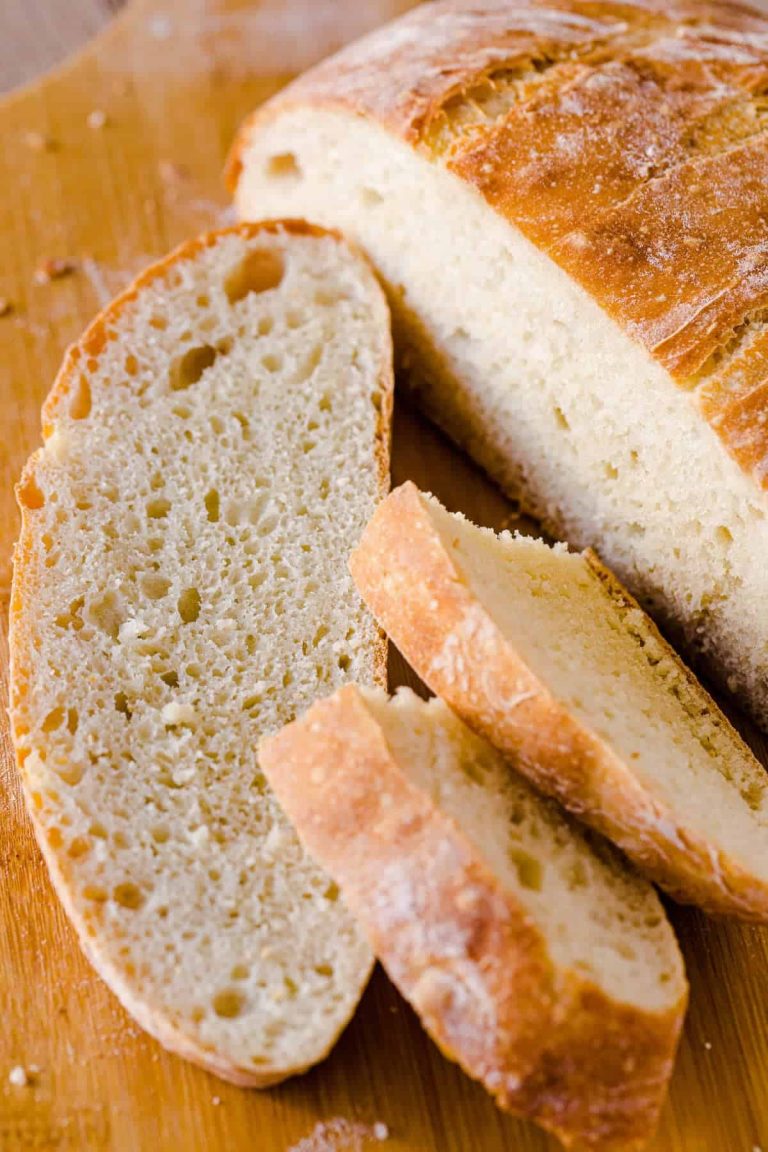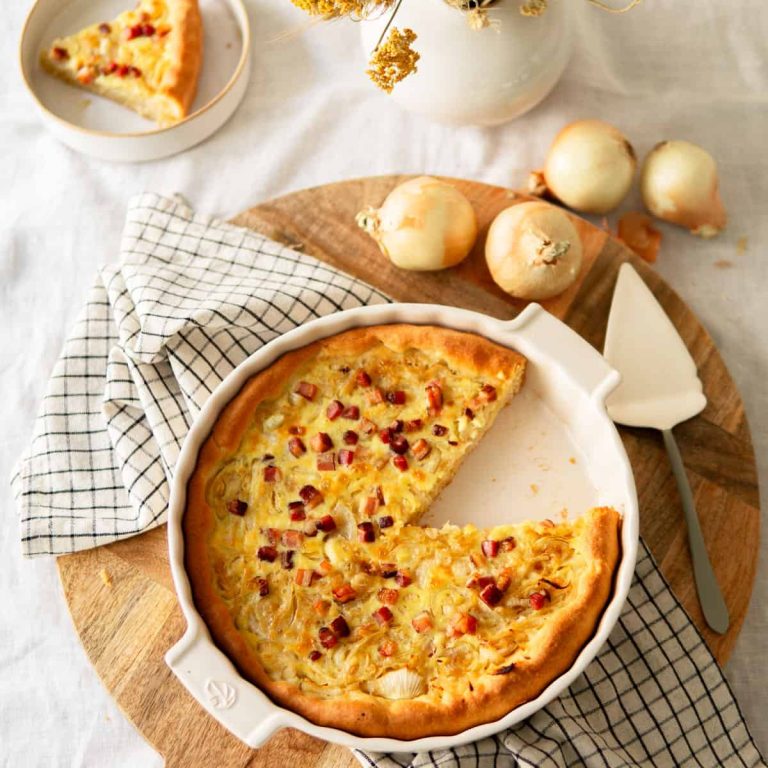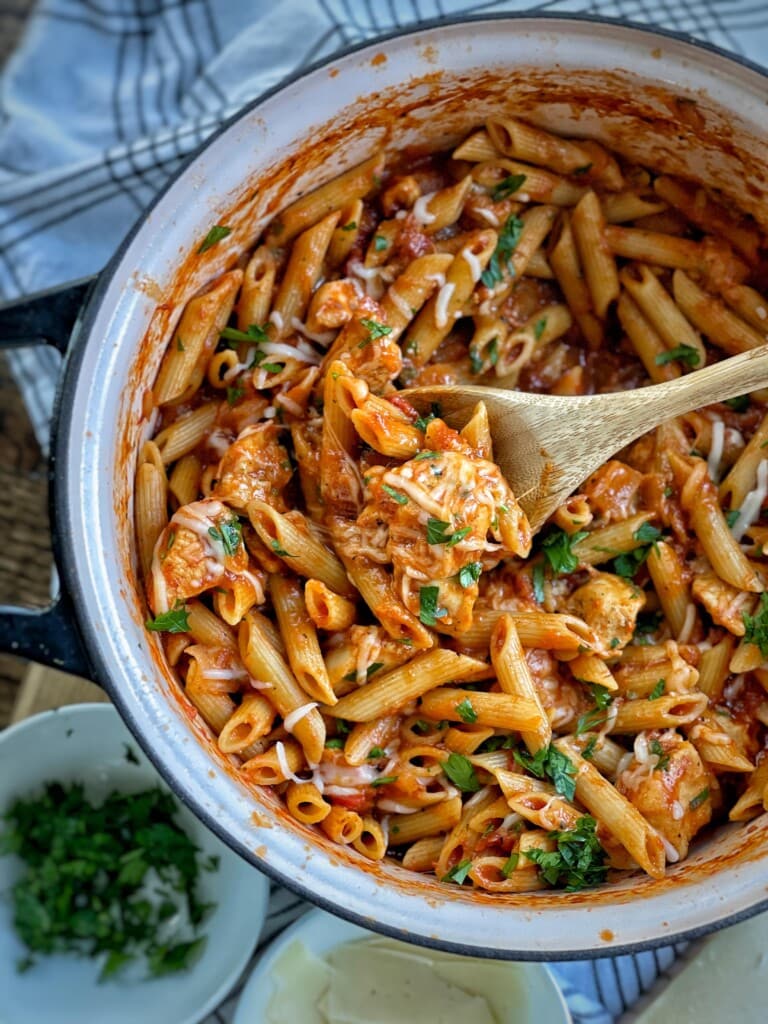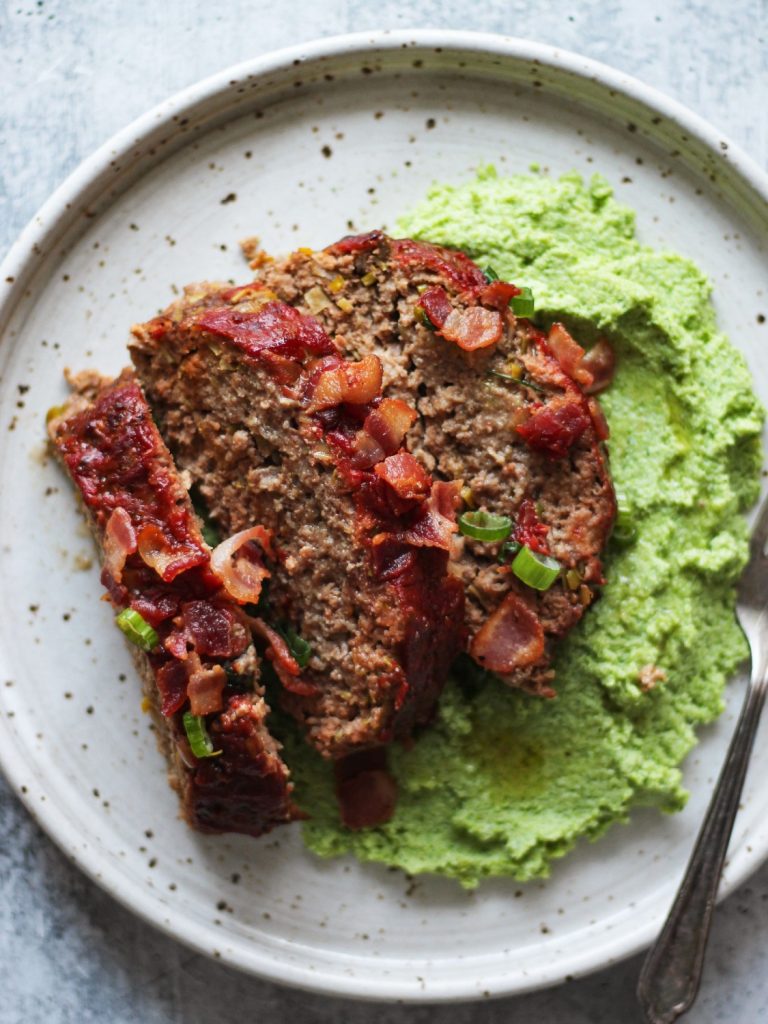Irish Brown Bread Recipe
Irish brown bread dates back to ancient times when grains like barley and oats were common in Irish agriculture. Early bread-making practices used stone-ground flour, which resulted in a coarse texture. The introduction of bicarbonate of soda in the 19th century revolutionized Irish bread by eliminating the dependency on yeast, making bread preparation faster and more reliable. This shift marked the foundation of traditional Irish brown bread, distinguished from other breads by its dense, hearty nature.
Traditional Ingredients
Traditional Irish brown bread includes whole wheat flour, oats, and buttermilk. Whole wheat flour provides the characteristic nutty flavor and dense texture, while oats add a subtle chewiness. Buttermilk acts as a natural leavening agent when combined with bicarbonate of soda, creating a tender crumb. Molasses or honey often lends a hint of sweetness, balancing the robust grain flavors. These ingredients create a wholesome, nutritious loaf integral to Irish culinary heritage.
Key Features of Authentic Irish Brown Bread
Texture and Flavor
Authentic Irish brown bread has a dense, hearty texture from its whole grain ingredients. Whole wheat flour and oats form the base, giving it a robust, chewy consistency. The texture is slightly rough but not overly dry.
Its flavor profile stands out with a nutty, earthy taste due to the whole grains. A touch of molasses or honey adds subtle sweetness, balancing the bread’s savory notes. This combination makes it a versatile addition to various meals, whether enjoyed with butter, cheese, or soup.
Nutritional Benefits
Irish brown bread offers several nutritional benefits due to its wholesome ingredients. Whole wheat flour provides substantial dietary fiber, aiding in digestion and promoting a feeling of fullness. Oats contribute additional fiber and contain beta-glucan, known for lowering cholesterol levels.
Buttermilk adds a dose of calcium and protein. Natural sweeteners like molasses give trace minerals, including iron. The bread is generally low in fat, making it a healthier option for daily consumption without sacrificing flavor or satisfaction. These benefits make Irish brown bread a nutritious choice for maintaining a balanced diet.
How to Make Irish Brown Bread
Essential Ingredients
To make Irish brown bread, you’ll need a mix of particular components for an authentic result. Gather:
- Whole Wheat Flour: 2 cups
- All-purpose Flour: 1 cup
- Steel-cut Oats: 1/2 cup
- Baking Soda: 1 teaspoon
- Salt: 1 teaspoon
- Buttermilk: 2 cups
- Molasses or Honey: 2 tablespoons
- Butter: 2 tablespoons, melted
These ingredients offer the distinctive nutty flavor and dense texture typical of this bread.
Step-by-Step Baking Process
Follow these steps to bake Irish brown bread:
- Preheat: Set your oven to 425°F (220°C). Grease a loaf pan or line it with parchment paper.
- Combine Dry Ingredients: In a large mixing bowl, blend the whole wheat flour, all-purpose flour, steel-cut oats, baking soda, and salt.
- Add Wet Ingredients: In another bowl, whisk the buttermilk, molasses or honey, and melted butter.
- Mix: Gradually incorporate the wet ingredients into the dry mix. Stir until combined, avoiding over-mixing which can toughen the bread.
- Transfer: Pour the batter into the prepared loaf pan. Smooth the top with a spatula if needed.
- Bake: Place the pan in the oven. Bake for 35-40 minutes. The bread is ready when a toothpick inserted into the center comes out clean.
- Cool: Transfer the bread to a cooling rack. Let it cool completely before slicing.
Serve with butter, jams, or savory toppings as desired.
Pairing and Serving Ideas
Best Accompaniments
Irish brown bread pairs well with a variety of toppings and dishes, enhancing its nutty, hearty flavor. For a traditional Irish experience, you can enjoy it with creamy butter and a sprinkle of sea salt. This simple combination accentuates the bread’s robust texture. Another classic option is pairing it with smoked salmon and a squeeze of lemon juice. The rich, smoky taste of the salmon complements the earthy notes of the bread, creating a balanced flavor profile. For a warm and comforting meal, you can serve it alongside hearty soups or stews, such as Irish lamb stew. The bread’s dense texture makes it ideal for dipping, soaking up the savory broth.
Creative Serving Suggestions
Beyond traditional pairings, there are numerous creative ways to serve Irish brown bread. You can transform it into a delicious breakfast by toasting slices and topping them with avocado and poached eggs. This combination offers a nutritious start to your day, with the creamy avocado and runny yolk enhancing the bread’s flavor. For a sweet twist, you can try spreading honey or fruit preserves on toasted slices. This adds a touch of sweetness that pairs well with the bread’s nutty undertones. Another inventive idea is using Irish brown bread as a base for open-faced sandwiches. You can layer it with turkey, cranberry sauce, and a slice of sharp cheddar for a delightful and satisfying lunch option. By exploring these creative serving suggestions, you can enjoy Irish brown bread in new and exciting ways, making the most of its versatile flavor and texture.
Conclusion
Irish brown bread is more than just a staple; it’s a slice of history and nutrition packed into every bite. With its unique texture and flavor, this bread offers a delightful experience that’s both hearty and wholesome. Whether you stick to traditional pairings like butter and sea salt or venture into creative combinations like smoked salmon or avocado, you’ll find endless ways to enjoy this versatile bread. Embrace the rich heritage and savor the taste of Irish brown bread in your kitchen today.






